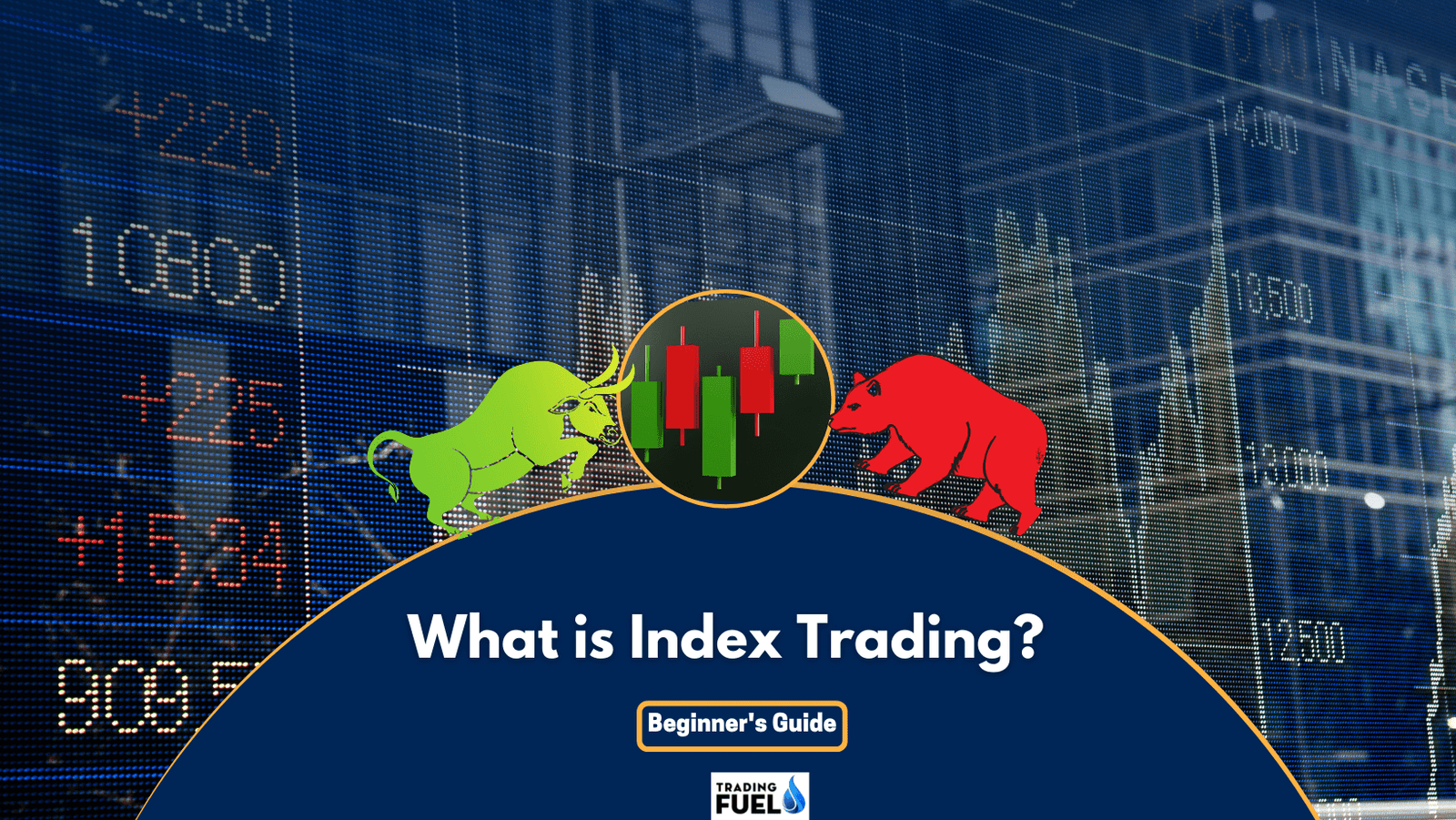Introduction
Are you intrigued by the world of stock market investments but feel overwhelmed by individual stocks and bonds? If so, trading options on index funds might be the perfect solution for you. Index funds offer a convenient and efficient way to diversify your portfolio across multiple stocks or bonds, while options contracts allow you to tailor your investment strategies to fit your risk tolerance and financial goals. In this comprehensive guide, we will delve into the intricacies of trading options on index funds, empowering you to make informed investment decisions and achieve financial success.
/188044056-5bfc391b46e0fb0083c43272.jpg)
Image: www.investopedia.com
Index funds are investment vehicles that passively track the performance of a specific benchmark, such as the S&P 500 or the Dow Jones Industrial Average. They offer investors broad market exposure, instant diversification, and relatively low expenses, making them an excellent option for both novice and seasoned investors. Options contracts, on the other hand, are derivatives that provide the right, but not the obligation, to buy or sell an underlying asset at a specified price and on a certain date. By combining the advantages of index funds and options, you can create flexible investment strategies that cater to your unique financial objectives.
Understanding Options on Index Funds
Unlike individual stock options, options on index funds are standardized contracts traded on options exchanges. These contracts represent the right to buy (call option) or sell (put option) a specified number of shares of an underlying index fund at a particular strike price on or before a specific expiration date. The strike price is the price at which you can exercise your option contract, while the expiration date marks the end of the contract’s life. Understanding these key terms is crucial for successful options trading.
When you buy an index fund call option, you are essentially betting that the value of the underlying index will increase above the strike price by the expiration date. If your prediction is correct, you can exercise your option to buy the shares at the strike price, potentially profiting from the difference between the current market price and the strike price. Conversely, if the index falls below the strike price, your option contract will likely expire worthless, resulting in a loss of the premium you paid to purchase it.
Put options, on the other hand, offer you the right to sell a specified number of shares of an index fund at a predetermined strike price. By buying a put option, you are wagering that the value of the index will drop below the strike price by the expiration date. If your forecast is accurate, you can exercise your put option to sell the shares at the strike price, potentially profiting from the decline in the index’s value. However, if the index price remains above the strike price, your put option will likely expire worthless, resulting in a loss of the premium you invested.

Image: tixee.com
Trading Options On Index Funds

Image: www.tradingfuel.com
Strategies for Trading Options on Index Funds
There is a multitude of strategies you can employ when trading options on index funds. The choice of strategy depends on your investment objectives, risk tolerance, and market outlook. Here are a few popular options trading strategies:
- Covered Call Writing: This strategy involves selling (writing) a call option against an index fund that you already own. By writing a covered call, you receive a premium from the buyer of the option and retain the right to continue owning your shares. If the index price rises above the strike price, the option will be exercised, and you will be obligated to sell your shares at the strike price. However, if the index price stays below the strike price, you will continue to own your shares and collect the premium from the option.
- Protective Put Buying: This strategy involves buying a put option to hedge against potential losses in your index fund investment. By purchasing a put option, you gain the right to sell your shares at the strike price if the index price falls below the strike price. This strategy helps to protect your portfolio from significant downturns in the market.
- Collar Strategy: A collar strategy combines covered call writing and protective put buying. By selling a call option above the current index price and buying a put option below the current index price, you create a range of protection for your investment. This strategy limits both your potential profits and losses but provides a degree of downside protection against market declines.
It is important to note that options trading involves leverage, which can amplify both profits and losses. Therefore, it is crucial to understand the risks associated with options trading, trade within your means, and seek professional advice if necessary.






